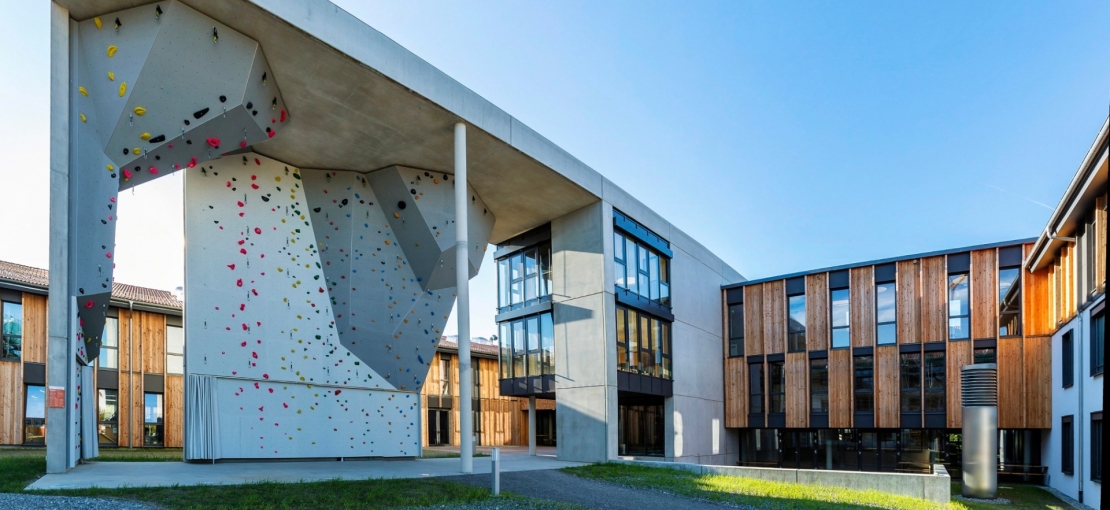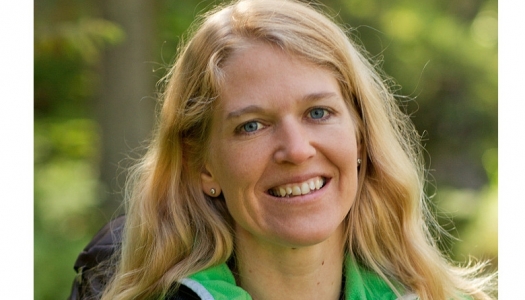
For a clean world: climate neutral business operations

|
»Climate neutrality is an important component in our overall commitment to sustainability. With the carbon footprint, we can recognize our reduction potential. « Dr. Antje von Dewitz / CEO
|
Climate-neutral production at our Tettnang location

To reduce emissions, all consumption must be first detected and measured to the greatest extent possible. By reducing this consumption, a reduction of harmful emissions can be achieved.
Since 2008 VAUDE has been certified in accordance with EMAS and our database at our Tettnang location is now comprehensive. We have identified our most important causes of emission, and we have already achieved significant emission reductions at this site by implementing a variety of projects, both large and small.
We are reporting here on the methodology of climate accounting and concrete results .
Compensation with Gold Standard project in China
We have been compensating for all unavoidable emissions at the Tettnang location since 2012. With the annual compensation value from VAUDE, a gold standard climate protection project from the non-profit organization myclimate is supported in the eastern Chinese province of Shanxi, which contributes to the reduction of harmful emissions.
Clean air for Chinese families
The project involves replacing coal consumption from traditional coal burning stoves with improved clean biomass (from corn waste) burning semi-gasifier stoves in rural household in the Shanxi Province. While cleaner-burning (yet nevertheless petroleum-based) fuels are becoming increasingly common in wealthier areas, at least 50 percent of all households still depend on solid fuels like wood or coal as an important household fuel.
The combustion of solid fuels causes air pollution. The World Health Organization estimates that it is responsible for 450,000 premature deaths in China annually. Children in particular suffer from poor air quality.
By substituting coal fuel with biomass, it is possible to not only reduce CO2 emissions, but also improve indoor air quality, directly benefiting the health of families. Secondly, families spend less money on fuel when using corn cultivation waste. They can invest the money they save in their children's education.
Together with myclimate, VAUDE has made a film about the project:
More information about the project here.
Our long-term goal is to systematically expand the company's climate neutrality to our other production facilities as well. Currrently, we have too little data about energy consumption and upstream and downstream processes from our supply chain to be able to create a climate balance.






